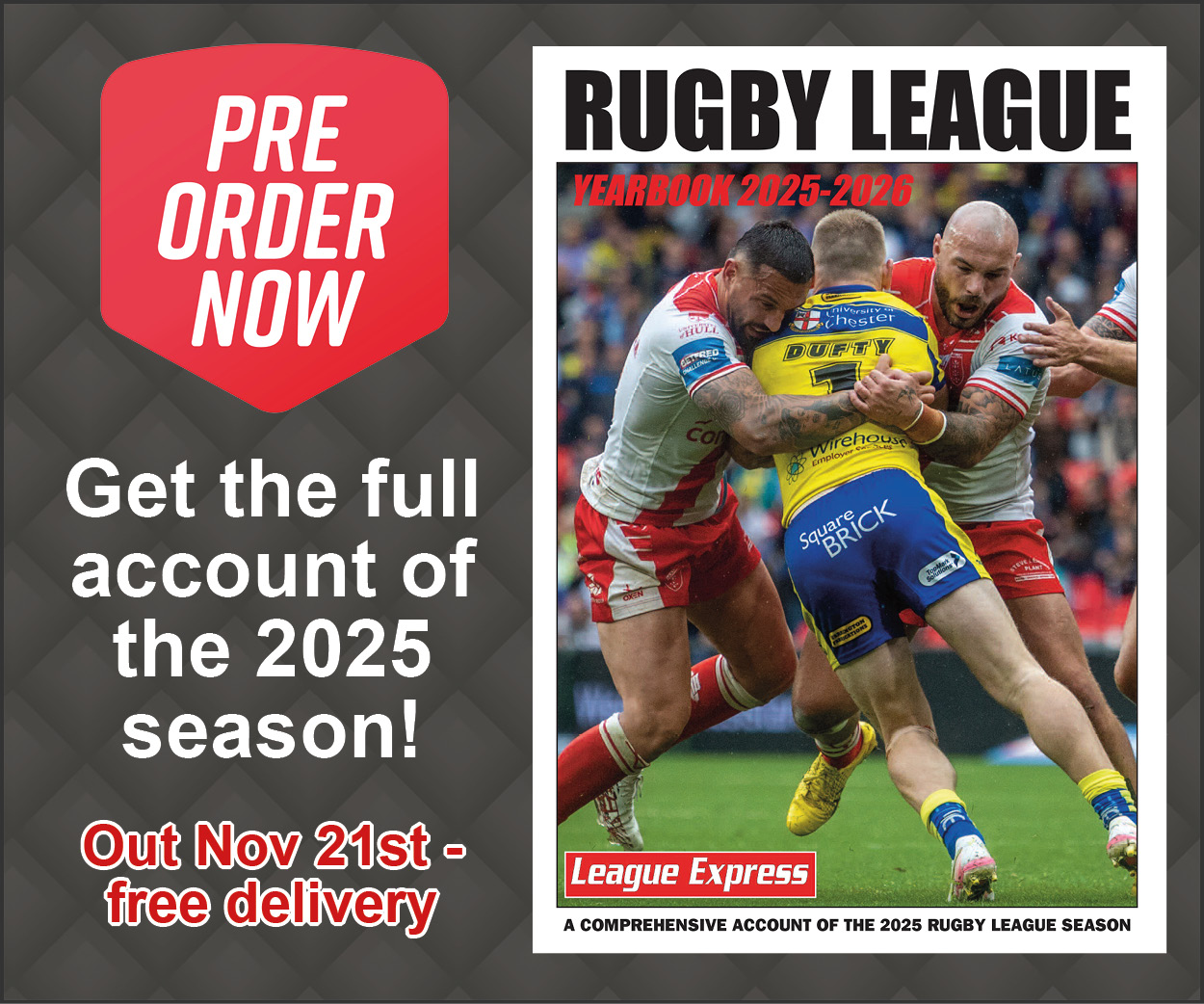 Has the Challenge Cup become a poisoned chalice for rugby league? Revered for its past, but now suffering from declining interest from fans and clubs, what does the future hold?
ONE of the world's most iconic rugby league grounds. Two of the sport's great giants. The most historic cup competition in all rugby.
It should be a big occasion, yet i
Has the Challenge Cup become a poisoned chalice for rugby league? Revered for its past, but now suffering from declining interest from fans and clubs, what does the future hold?
ONE of the world's most iconic rugby league grounds. Two of the sport's great giants. The most historic cup competition in all rugby.
It should be a big occasion, yet i Can the Challenge Cup be revived or is it destined to continue its decline?
 Has the Challenge Cup become a poisoned chalice for rugby league? Revered for its past, but now suffering from declining interest from fans and clubs, what does the future hold?
ONE of the world's most iconic rugby league grounds. Two of the sport's great giants. The most historic cup competition in all rugby.
It should be a big occasion, yet i
Has the Challenge Cup become a poisoned chalice for rugby league? Revered for its past, but now suffering from declining interest from fans and clubs, what does the future hold?
ONE of the world's most iconic rugby league grounds. Two of the sport's great giants. The most historic cup competition in all rugby.
It should be a big occasion, yet i 
